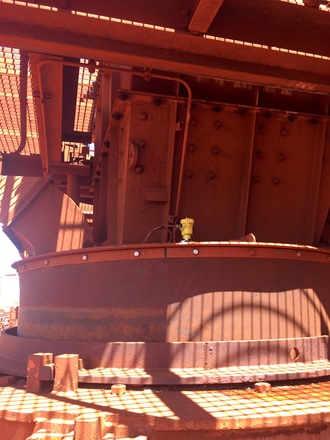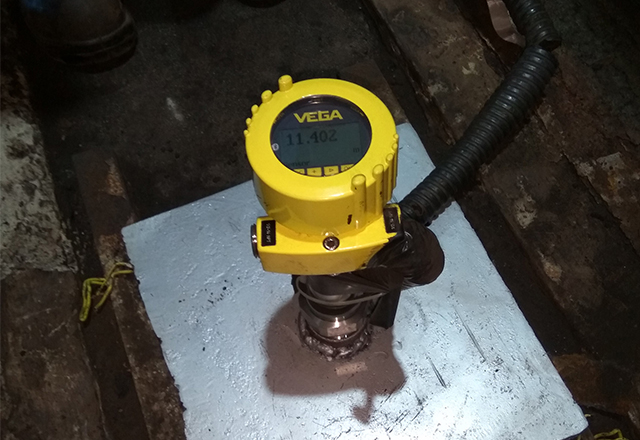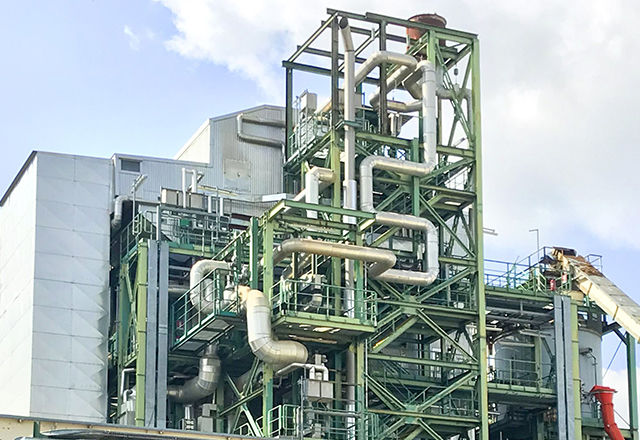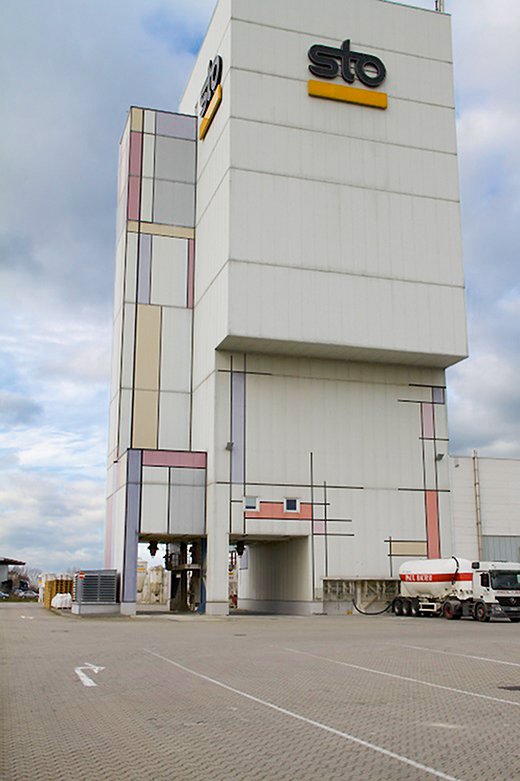Debottlenecking the throughput with VEGAPULS 69
Australia is often referred to as “the red continent.” This is partly due to the spectacular colors of Ayers Rock and the composition of the soil. The red color of the earth is created by the minerals bauxite and laterite. Both minerals have a high iron content, which oxidizes in the air to create the very red rust that gave the continent its name.
Strictly speaking, the continent only shimmers reddish in the deserts of the Northern Territory, but the color remains a symbol of Australia's all-important raw materials industry. After all, most of it, in terms of export tonnage, is iron ore.
The northwestern region of Australia, commonly known as the "Pilbara" region, is home to some of the largest iron ore deposits in the world. Some of the most important customers for this raw material are the Chinese steel mills. Not long ago, one of the mining companies failed to meet its export tonnage targets, resulting in a supply shortage for its customers. The mine launched an investigation at one of the main sites to identify and eliminate any bottlenecks.
Every process was examined in detail – the first blasting, the feed into the main plant, the setup of the crushers, the operational parameters implemented in the area, and loading the iron ore onto the trains transporting the raw material to the export ports. The team discovered a problem area with an unreliable level check of the ore in the crushers.
VEGA Australia has been working with the plant for a long time and has always provided the impetus to introduce new technology. In 2004, the company, a world leader in the area of level, switching, and pressure measurement, introduced the world's first radar level sensor for bulk solids, the VEGAPULS 68. These instruments were installed in the entire site at that time. VEGA was also approached with the current requirements for process optimization.
Fewer interfering reflections with 80 GHz
VEGAPULS 69 robust, closed antenna system does not protrude into the container and thus provides for a high plant availability thanks to its non-contact measuring principle.
To find a solution to the current problem, VEGA investigated the secondary and tertiary crushing processes. They found the sensor could not follow the current level during fast filling and emptying processes. In addition, the wide opening angle of the existing sensors resulted in considerable interfering reflections, which repeatedly led to incorrect measurements. Upon further investigation, they found relocating the installed units to improve performance would only lead to other issues.
VEGA showed the customer the latest development in radar technology, an 80 GHz radar sensor. The new sensor launched in 2016, promising a significant potential for improvement in these applications. In radar technology, the width of the beam is determined by two factors: the operating frequency and the diameter of the horn antenna. The devices installed so far worked with a 26 GHz frequency and a horn diameter of 95 millimeters, which resulted in a beam angle of 8 degrees. This repeatedly led to a situation where the crusher was being detected instead of the ore.
The VEGAPULS 69 uses a transmission frequency of 80 GHz. This allows a beam angle of 3.5 degrees, an improvement of more than 50 percent. There are also improvements in the response speed from the new VEGAPULS 69, allowing the transmitter to keep up with the quickly changing level of ore inside the chamber. VEGA Australia initially supplied some test instruments and supported the customer during setup after installation.
The result was immediately apparent. Thanks to the new measuring device, the customer was able to achieve a much more reliable level control. More precise focusing led to a huge improvement, and the false return echoes from the main chambers of the crusher were eliminated, only leaving a measurement from the medium inside.
The devices were tested, and the power was recorded over a three-month period. The results were compared with the original devices, and the VEGAPULS 69 performed superbly. Even though the units were replaced with the latest radar technology, the basics of radar technology has always remained the same. Transitioning to the new sensors was simple from an installation and programming standpoint.
Upgrading the level sensor was not the only measure taken at the site to increase efficiency. Many other parts of the site equipment were also improved or replaced and various system components were fine-tuned and newly matched to each other.
Conclusion
Related industries

Building materials
We need your consent
This content is provided by an external provider. If you activate the content, personal data may be processed and cookies set.
Export this article
Download as PDFShare this article
Comments ({{comments.length}})
{{getCommentAuthor(comment, "Anonymous")}} {{comment.timestamp | date : "dd.MM.yyyy HH:mm" }}
{{comment.comment}}









